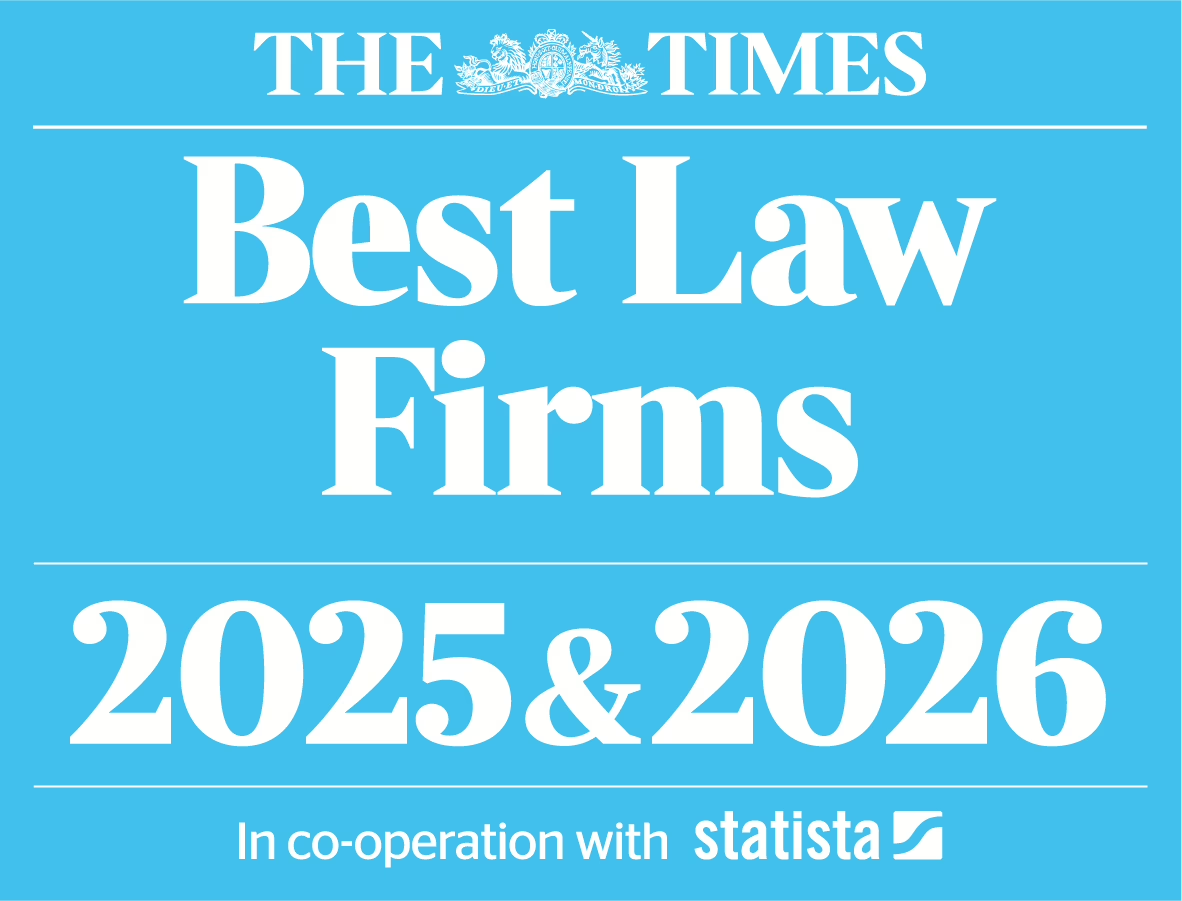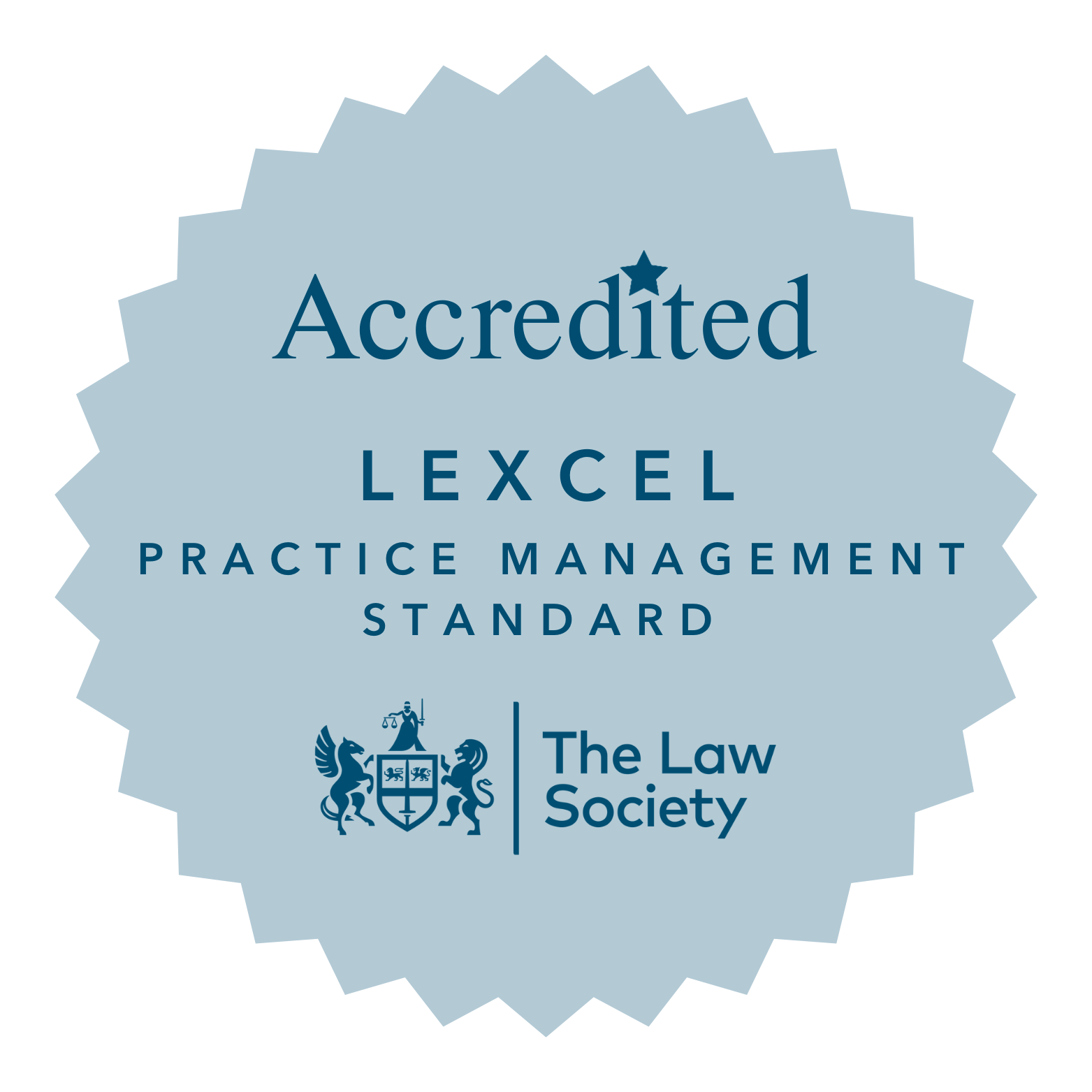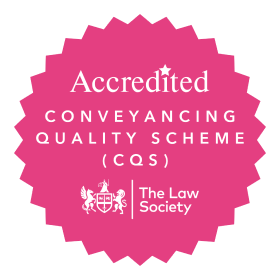
The Court of Appeal recently gave a judgment in the matter of B (Secure Accommodation Order) [2019] EWCA Civ 2025 which has provided much needed clarification on the interpretation of the Section 25 criteria. This was an appeal by the Local Authority against the refusal of its application for a secure accommodation order.
Background
B came to the attention of the local authority in 2018 when she made allegations of abuse against a 52 year old man. There followed a number of serious incidents where B made allegations of abuse against others, attacked family members and self harmed. In January 2019 B was accommodated in a residential home under Section 20 of the Children Act. Further acts of aggression followed when she absconded from home on a number of occasions. On at least one occasion, B was found in the company of an adult male. The local authority started care proceedings and were granted an interim care order. B’s behaviour escalated such that she began to abscond from the residential home on several occasions, assaulted staff members, fought with other residents and attempted to harm herself. Her behaviour further escalated and she was involved in a series of incidents where she placed herself at risk of serious harm. By this point, the Local Authority was seeking an approved secure unit, however failed to find such a place and found respite care for her at ‘N House’ which was neither registered with Ofsted nor approved by the Secretary of State for use as secure accommodation. The Local Authority obtained authorisation under the inherent jurisdiction to keep B at N House and to deprive her of her liberty in order to meet her needs while she was placed there. Some of the measures used to keep B secure included being prevented from leaving the premises unless accompanied by support staff with a high level of supervision, of at least 2:1; her access to other young people was restricted until such time her coping mechanisms had improved, all doors and windows were to be kept locked and that she was to be under constant 2:1 supervision.
The Local Authority subsequently found an approved secure unit several 100 miles away from her home and duly applied for an Order under Section 25 of the Children Act. The judge at first instance refused to make an order holding that the criteria was not satisfied and in addition, that it would be disproportionate to make the order. Permission to appeal the refusal was eventually considered by Peter Jackson LJ who also invited the Association of Lawyers for Children to intervene by filing written submissions.
Judgment
The Court of Appeal allowed the appeal setting aside the decision to refuse the application under Section 25.
Importance
It is worth reminding ourselves of the criteria in Section 25.
Section 25 of the Children Act 1989 provides:
a child who is being looked after by a Local Authority may not be placed, and if placed, may not be kept, in accommodation provided for the purpose of restricting liberty (“secure accommodation”) unless it appears that
- i) He has a history of absconding and is likely to abscond from any other description of accommodation; and
ii) If he is likely to abscond he is likely to suffer significant harm; or
- If he is kept in any other description of accommodation he is likely to injury himself or other persons”.
Lord Justice Baker gave the main judgment in this case and determined that there were 4 questions that needed answering:
- What is the meaning of “secure accommodation” in s.25?
- What are the relevant criteria for making a secure accommodation order under s.25?
- What part does the evaluation of welfare play in the court’s decision?
- When considering an application for an order under s.25, is the Court obliged, under Articles 5 and 8 of the ECHR, to carry out an evaluation of proportionality?
Lord Justice Baker answered the four questions as follows:
- With regard to the meaning of “secure accommodation”, Lord Justice Baker confirmed that secure accommodation is accommodation designed for or having as its primary purpose, the restriction of liberty. However, premises, which are not designed as secure accommodation, may become secure accommodation because of the use to which they are put to in the particular circumstances of the individual case. In this case, the Local Authority argued that the regime at N House as described in evidence clearly amounted to accommodation provided for the purpose of restricting B’s liberty under s.25 and the Court of Appeal accepted that argument. Whilst B had been admitted to N House as a respite placement, the Local Authority had decided that she should remain there for the time being and that given she was the only resident of the property that her liberty would be restricted. Although N House was not designed as secure accommodation, it had become secure accommodation for B within the meaning of s.25 because of the use to which it had been put in her case.
- S.25(3) provides that “it shall be the duty of the court hearing an application under this section to determine whether any relevant criteria for keeping a child in secure accommodation are satisfied” Baker LJ determined that the “relevant criteria” included:
- Whether the child is being “looked after” by a local authority
- Whether the accommodation proposedby the Local Authority is “secure accommodation”
- Whether if the Local Authority is proposing to place the child in a secure children’s home, the accommodation has been approved by the Secretary of State for that use, and
- Whether, if the child is aged under 13, the placement of that specific child has been approved by the Secretary of State.
- Baker LJ determined that the child’s welfare is not the Court’s paramount consideration but is plainly an important element in the courts analysis and therefore one of the relevant criteria to be considered.
- Baker LJ concluded that proportionality is one of the “relevant criteria” which s.23(3) obliges the court to consider when hearing an application for a secure accommodation under the section.
In future cases there is now a test set out by Lord Justice Baker at paragraph 98 of the Judgment:
- Is the child being “looked after” by a local authority, or, alternatively, does he or she fall within one of the other categories specified in regulation 7?
- Is the accommodation where the Local Authority proposes to place the child “secure accommodation”, ie: is it designed for or does it have as its primary purpose the restriction of liberty?
- Is the Court satisfied (a) that (i) the child has a history of absconding and is likely to abscond from any other description of accommodation, and (ii) If he/she absconds, he/she is likely to suffer significant harm or (b) that if kept in any other description of accommodation, he/she is likely to injure himself or other persons?
- If the Local Authority is proposing to place the child in a secure children’s home in England, has the accommodation been approved by the Secretary of State for use as secure accommodation? If the Local Authority is proposing to place the child in a children’s home in Scotland, is the accommodation provided by a service which has been approved by the Scottish Ministers? In the rare circumstances of the child being aged under 13, Regulation 4 of the 1991 Regulations require that the placement must also be approved by the Secretary of State.
- Does the proposed Order safeguard and promote the child’s welfare?
- Is the Order proportionate, ie: do the benefits of the proposed placement outweigh the infringement of rights?
This really is a must read case for anyone involved in a case with an application for a secure accommodation order given the clear test now to be applied in those cases.
The Judgment can be found here: http://www.bailii.org/ew/cases/EWCA/Civ/2019/2025.html
Our experienced and specialist team will be happy to help if you have a query about secure accommodation orders, or the involvement of children’s services with your family
Alpa Ghelani







